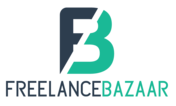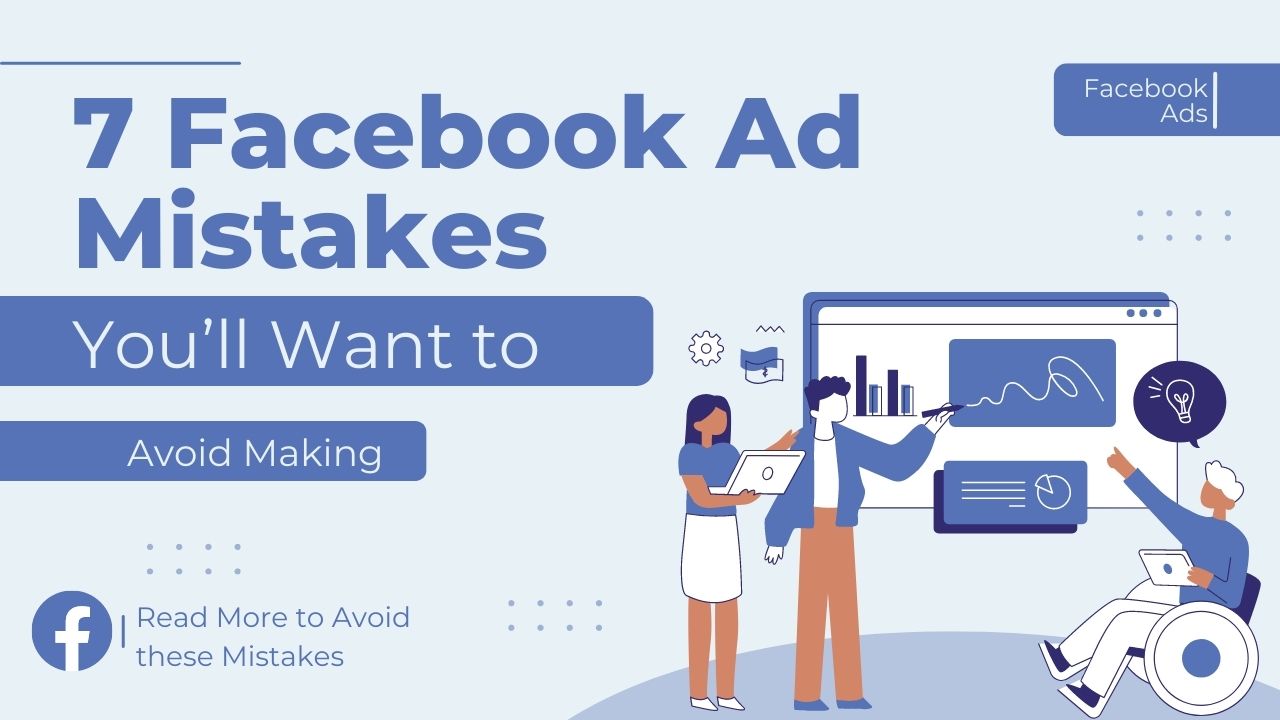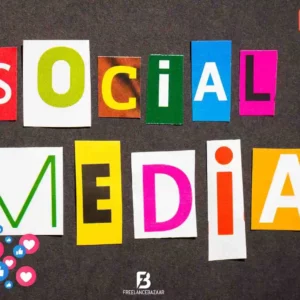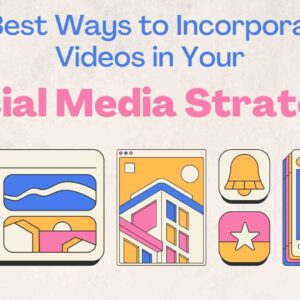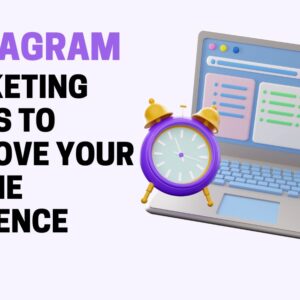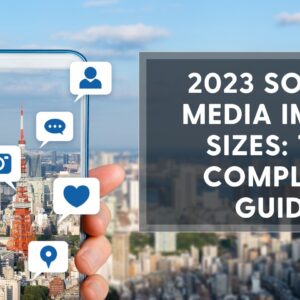The average Facebook user spends 3 hours a day on the platform, so it's no wonder that 70% of users log in to the site every day.
With this large audience, Facebook ads are an excellent place for you to reach prospects where they spend their time. By running Facebook ads, you put your business in front of social media users most likely to purchase your products or use your services.
Facebook ads can be a great way to reach your customers and get in front of their eyeballs.But if you want to see success with your ads, avoid these common mistakes.
Read on to learn more about these common mistakes and how to avoid them!
Facebook advertising errors happen—but the best way to fix them is to understand the mistakes. Keep reading to learn nine common Facebook advertising mistakes and how you can fix them!
Facebook advertising mistake #1 Having a wrong objective.
There are a lot of Facebook ad errors to watch out for, but one of the most common is choosing the wrong objective for your ad.Objectives are what you want to achieve with your ads. Your objectives should align with your overall campaign goals to ensure you’re reaching those goals.

For example, if you’re trying to get people to buy a product or service, then it would make sense to use an objective like “Get people to buy this product or service.” But what if you want people to sign up for a no-strings-attached, one-month trial membership? In that case, it might make sense to use an objective like “Increase membership signups by 50%.”
You want your objectives to be clear and specific, so that you can measure them and use them as a guide for future campaigns.
Do your goals align with your objectives?
This is a question that every business owner should ask themselves as they craft a marketing strategy. If your goal is to generate leads, is that the one you're pursuing? Or are you working on something else entirely?
It's important to recognize whether or not the campaign goals are aligned with the objectives. If they're not, then it might be time to rethink the strategy. After all, if you're truly after leads, wouldn't it make sense to spend more time and energy on creating content that will bring in more leads?
If you're not connecting with your audience, you may be making one of the most common Facebook ad mistakes.
Fixing the Facebook ad error
What's your goal?
Is your goal to generate leads, boost revenue, sign up more customers, or something similar?Once you identify your goals, look at the objectives you set for your campaigns.
Now that you've identified your goals and objectives, it's time to determine where the gaps are between what you want and what you get. What is missing from an objective? What would make it more successful?
Once you've determined the gaps, you can create a plan for how to close them. For example: if there's a lack of awareness about your product or service in certain markets, maybe a Facebook Ad campaign will help bring attention to it. Or if there's a lack of competition in a particular market and no one else has tried to make inroads there yet (or even considered doing so), maybe creating a Facebook Group would help attract customers who might not have otherwise known about it.
Facebook advertising mistake #2: Failing to keep up with ad fatigue can be a real killer.

Facebook ads can be overwhelming, especially when you’re trying to craft the perfect one. Not all of your audience will see each ad, so it’s important to watch for ad fatigue and make sure your ads are targeted appropriately. But even if you think you have the perfect ad to deliver to your audience, it’s not always the case. Your ad may not resonate with some members of your audience, and if they keep seeing that same ad, they’ll get tired of it.
Ad fatigue happens when someone sees an ad too many times without any changes made to their content or targeting options. You can make adjustments by making small changes like changing your headline or using a different call-to-action button on your page. Another way to keep up with ad fatigue is by monitoring how often an ad is running so that you know when it’s time for a change in strategy.
In today's world of social media, it's easy to get stuck in a rut. You're posting the same content over and over again, hoping that people will like it enough to share with their friends.
But if you never change up your ads, your audience will lose interest and your leads and revenue will dry up.
Fixing the Facebook ad error
Ad fatigue is the number one cause of Facebook ad failures. It's a condition that makes viewers feel like they've seen enough ads, and it's an easy mistake to make—especially if you're not aware of what you're doing wrong. But it doesn't have to be this way! By making simple changes to your existing ads, you can help prevent ad fatigue and keep your audience engaged with your brand.
If you think about it, the entire purpose of an ad is to entice people into clicking on it. If they click on the ad, they'll be taken to another page full of content that might interest them. If they don't click through (or if they're already on another page), then there's no point in continuing with the rest of the ad format.
The key here is to keep things fresh and interesting, so keep experimenting with different copy and images until you find something that works for both yourself and your target audience.
A fresh look can make all the difference when it comes to determining whether an ad is worth running or not. How many times have you seen an ad that is so old and outdated—even from years ago!—that it's hard to imagine why anyone would still be running it? It's not just about the graphics and layout; it's about what the ad says about your brand.
Facebook advertising mistake #3 A lack of control over your budget
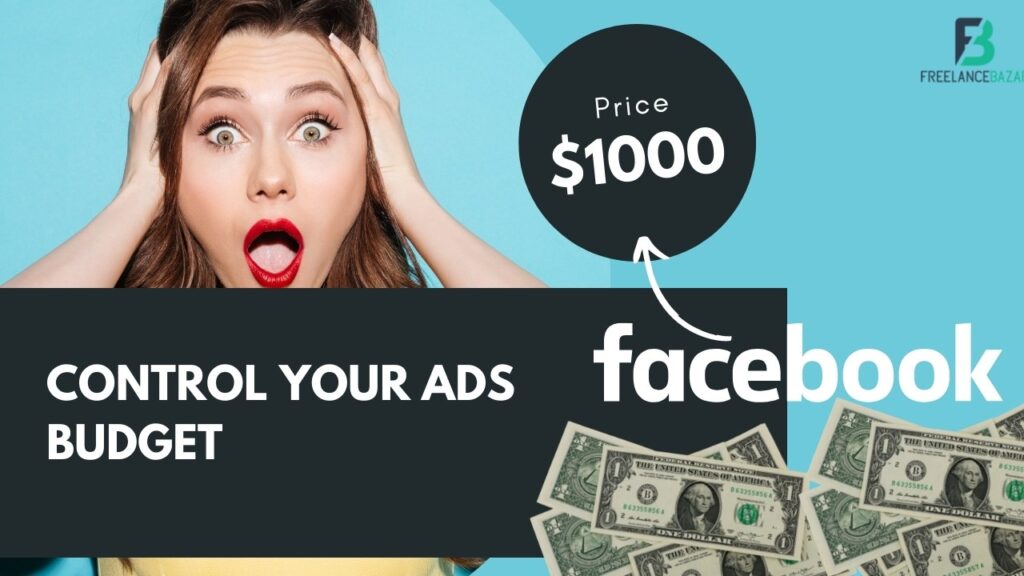
Facebook advertising can help you reach your customers in a way that no other platform can. With Facebook, you determine how much you want to spend on your ads. You have the freedom to decide your budget amount you want to set. As a result, many businesses do not control their budgets effectively.
It's easy to get carried away with Facebook ads and spend a lot of money without ever seeing any results. You may end up spending more than what was intended and not knowing why it didn't work out as planned.
This mistake occurs when advertisers fail to set a budget for their ad campaigns.
Facebook ads are an excellent way to drive traffic and sales. But many companies struggle to set a proper budget because there aren’t restrictions or guidelines for setting Facebook ad budgets. Your spending depends upon your goals, what you can afford, and more. Many companies either don’t invest enough or invest too much money into ads they aren’t optimizing.
The second part of this problem is that companies do not review their bid specifications and adjust their budgeting accordingly.A big part of controlling your budget requires you to look at your bid amounts and how much you spend to make the proper adjustments.
For example, if you spend $100 on a product and get it for $80, you have a $20 profit that could be used to make other purchases. However, if you spend $120 on one product and get it for $70, then you only have a $40 profit. In this case, it would be better to lower your bid amount rather than increase it because there’s less room for error in the first scenario since there are more items to choose from.
Fixing the Facebook ad error
When setting up your Facebook ad budget, you should do so with a realistic number in mind. This will help you avoid spending more than you should.
You can research what people suggest for an initial investment into Facebook ads. The next step is to monitor your bid amounts and budget to see where you receive clicks and how much they cost. You’ll want to monitor this information to see if you can adjust your targeting to get your ads in front of more qualified leads.
You can also use tools like Google Analytics or even Excel spreadsheets to analyze the performance of your advertising campaigns by segmenting (for example) by day of week and time in which each campaign was run.
To further extend your investment, consider switching budgets. Facebook offers two options: daily and lifetime. If you’re using a lifetime budget and want to build your audience over time, use the daily budget to spread your ad spend over time.
Facebook advertising mistake #4 Over-targeting your ad campaign
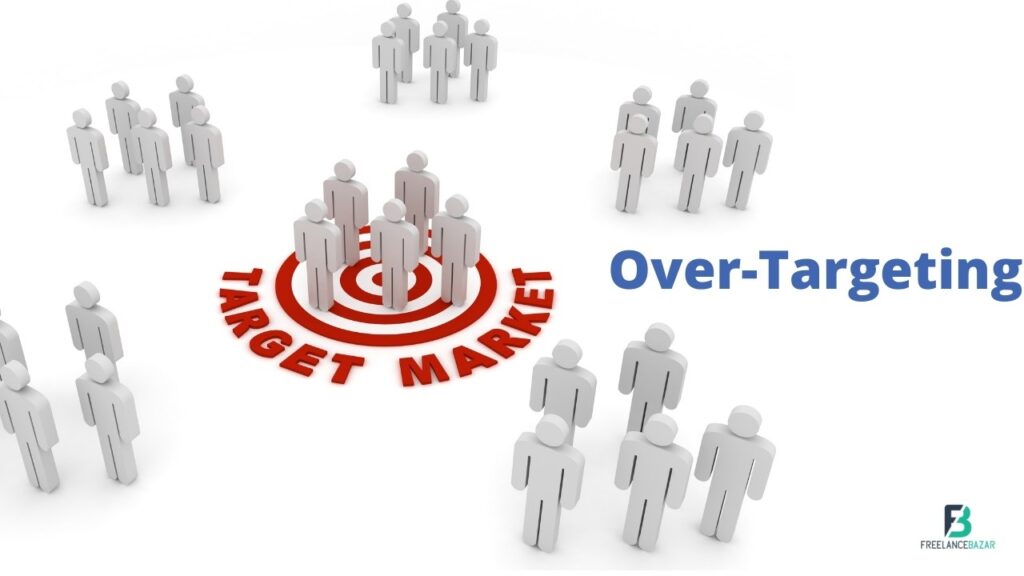
Facebook can be a powerful tool for your business. It allows you to target your audience more specifically than ever before, and it allows you to refine those audience segments so that you can reach the people most interested in what you have to offer.
However, one of the most common mistakes companies make on Facebook ads is over-segmentation. They will refine their audience and make it so small that their ads barely reach anyone. Their ads don’t drive the desired results, and they feel they’ve wasted their ad spend on ads that didn’t produce results.
Fixing the Facebook ad error
The easiest way to fix this Facebook ad mistake is to ease up on the segmentation. You don’t need to segment your audience so far that your audience groups are extremely specific. You’ll want to have a balance between being specific and generic.
For example, you could start with very broad groups like “men,” “women,” or “all ages” and then break it down further into even more specific groups like “over 40s men,” “over 40s women,” or “under 25s men.”
Once you have a specific group of people in mind who fit your target audience description—in this case, people over 40 who like basketball—you can start focusing on targeting them with ads that are relevant to their interests.
Facebook advertising mistake #5 Over-testing your ads can be a mistake.
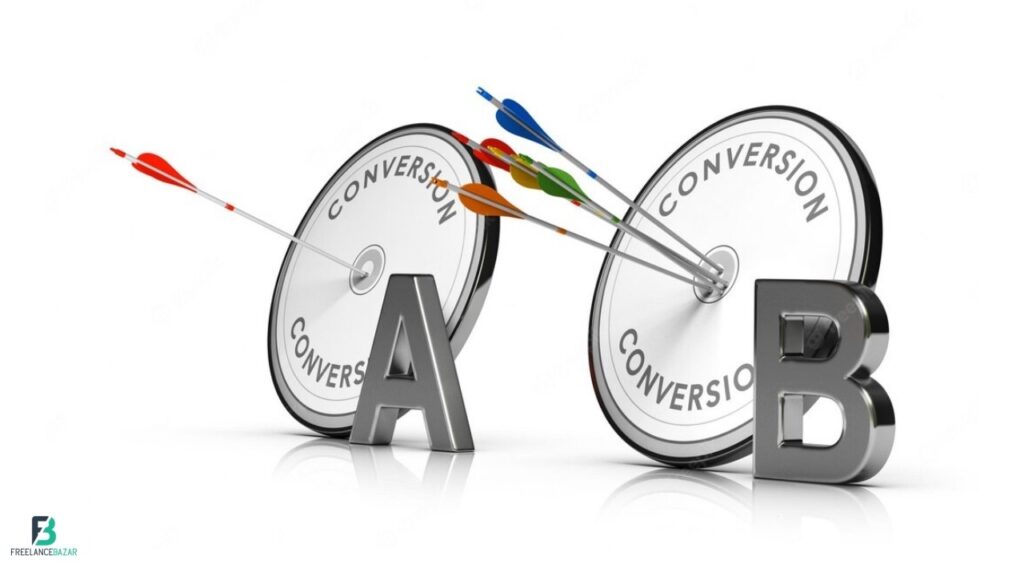
Next on this list of Facebook advertising errors relates to ad testing. When you track your ad campaigns, you should adjust them to improve their performance. So, to be efficient, you make all the adjustments at once and test it to see how it performs.
The only problem is that this approach doesn’t let you know what impact each change had on your ad. If your ad starts performing better, you won’t know which change helped improve the performance.
Another problem with tracking your ads is that if there are multiple changes made, it makes it harder to see which one had the biggest impact. Moreover, even if you do find a change that worked well for one campaign, it may not work well for another campaign; and vice versa!
This means that Facebook users who have been using Facebook ads for a long time will probably never see these errors unless they take some time to learn about them and how to avoid them in the future.”
Fixing the Facebook ad error
There are a lot of common Facebook ad mistakes that you can make. One of the most common is to make changes to your Facebook ads that have no impact or even negative impact on the results you get. If you've made this mistake, it's time for a reality check!
The solution is simple: test one change at a time and see how it impacts your ad performance before making more drastic changes. By testing one change at a time and seeing how it impacts your ad performance, you'll be able to figure out what makes a positive change versus one that has no effect on performance.
Facebook advertising mistake #6 Failing to vary advertising formats significantly

One of the most common mistakes on this list of Facebook ad errors is failing to use multiple ad formats. One of the advantages of Facebook is that it offers many types of ads to serve.
For example, you could run a video ad before your content or an image ad with a link to your website. You can also create display ads that show up in your timeline and newsfeeds, which is more effective than just posting updates.
You should also consider using different types of targeting options when creating an ad: age, gender, location, interests and other characteristics can be used for targeting people who are most likely to engage with your product or service.
It's important to remember that Facebook has tools that allow you to test whether an ad will perform well before spending money on it.
You can use any of these formats to show off your products:
- Photo ads
- Video ads
- Carousel ads
- Right column ads
- Dynamic product ads
- Slideshow ads
- Collection ads
- Instant Experiences
When it comes to the ad experience, many companies choose a format that works for them but not necessarily for their customers. By choosing a format that is highly engaging and relevant to the customer, they can increase sales and revenue while also creating an ad experience that their customers will love.
Fixing the Facebook ad error
The secret to getting more clicks on your Facebook ads is simple: Try different ad formats.Experimenting with ad formats is a great way for you to discover which formats bolster the best results.
That being said, we know that there are many factors that go into creating an effective ad. Are you promoting something that is unique or hard to find? Do you have a product or service that is only available online? Are you hoping to reach out to a specific type of audience? You need to think about these things when designing your own ads, or at least make sure they don’t conflict with what you want them to promote. For example, if you want to promote an event, don’t put in an add for a different event unless it’s related somehow.
You should also keep in mind that your ad format should fit what you’re advertising. Don’t try to create an intricate and engaging Instant Experience if it doesn’t match what you’re advertising. Your ads should always fit what you’re promoting!
If you're selling a luxury SUV, you might want to consider using an Instant Experience.
An Instant Experience is a video or photo ad that shows off every detail and feature of your new car, from the inside out. The audience can get a sense of what it's like to drive it, check out its storage space and amenities, and even test out the heated seats.
This type of ad is more engaging than just showing off a picture of your car—it gives people a chance to really feel what it would be like to drive around in their own new ride!
Facebook advertising mistake #7 Making changes too quickly is a common mistake.

As we mentioned earlier, monitoring and testing your ads is critical to driving successful ad campaigns. Along with that, one of the most common Facebook ad errors is making changes too quickly. You don’t want to make changes too quickly after monitoring your campaigns, as the results may not reflect the success of your campaign. Your campaigns need time to reach prospects so that you can see the true impact of them.
If you want to be sure that you are making changes in a way that will drive successful outcomes for your business, then there are some things that you need to do. First, make sure that all of your ads are optimized for Facebook’s targeting tools. This means that each ad should be targeted towards specific audiences who are likely interested in what you have to offer or what they might find useful if they clicked on it. Second, make sure that each ad has compelling copy and images (they should both be eye-catching) and includes relevant keywords in their titles and descriptions so that they will show up when someone searches for them through Facebook’s search engine. Third, ensure that each ad has been approved by Facebook before it goes live so that it won’t get rejected by their system later down the line if it doesn’t meet.
Fixing the Facebook ad error
No matter how many ads you run, if you're not getting the kind of results you want, it's likely a common Facebook ad mistake that you're making. It's not just about how much money you're spending or even how good your ads are—it's how often people are clicking on those ads and whether or not they've converted into sales.
When it comes to Facebook ads, there are three basic types:
1. Long-term campaigns: These are ad campaigns that last for months or even years. They usually focus on a single product or service, but sometimes they can be used to promote multiple products.
2. Short-term campaigns: These typically last anywhere from a few days to several weeks, depending on the scale of the campaign and other factors like location targeting options (for example, if you're running an event advertising campaign during a specific time period).
3. Event-based campaigns: These work best when you're promoting events like concerts and festivals because they allow people who would have otherwise been unable to attend due to distance or other factors have an opportunity to see your brand at its best!
The first few days of a new campaign are important because they're the most likely to be successful. If you adjust your campaigns too quickly, you may end up with bad data that doesn't accurately reflect what's happening on your site. So give your campaigns enough time to run before you adjust them!
If you need help fixing these Facebook ad mistakes, please contact us.
If you’re reading this list of Facebook ad errors, don’t fret! We have a team of Facebook experts who can help you fix these mistakes and improve your ads.
As a Meta Business Partner, we craft marketing campaigns that help you grow your business. We’ve driven over $3 billion in revenue and over 7.8 million in leads over the past five years.
We provide error-free advertising services for Facebook. Call us today to speak with a strategist about our services!
